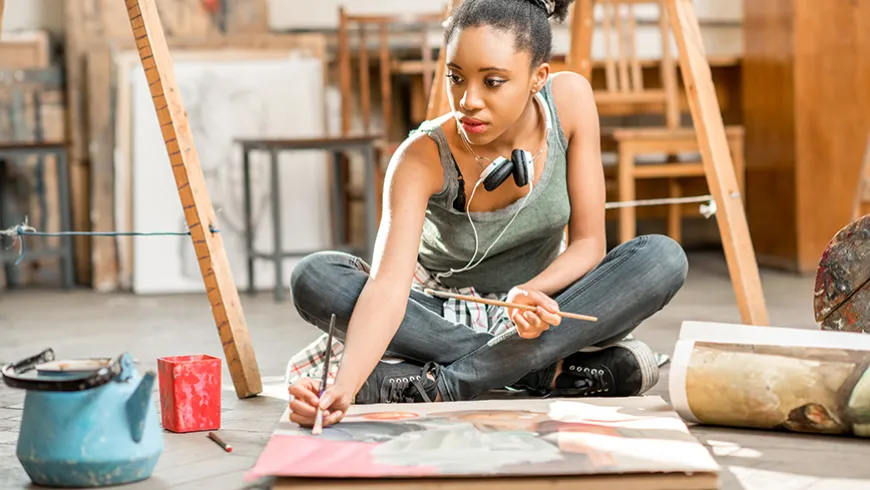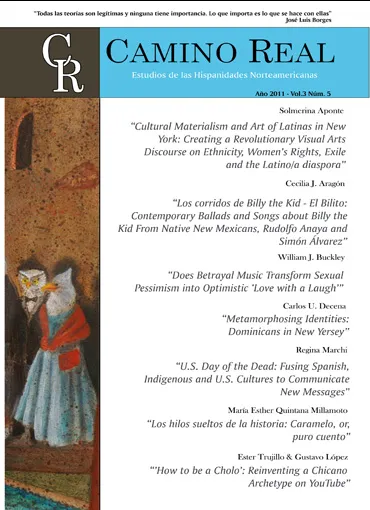
The aim of this article is to discuss the aesthetic visual discourse of hybridity developed by contemporary socially-engaged Latina artists of the New York diaspora. The objective is to highlight the common discursive elements deployed by these artists with the purpose of addressing the social and political issues that affect them as women of color in the United States. Based on the fundamentals of Cultural Materialism, the artists integrate Third World feminism and a consciousness of hybridity. This theoretical approach has served as a basis for the development of the “bilingual” discourse that has come to characterize the NY Latina artists’ distinct aesthetic. For Latin America and the Caribbean, the arts have historically provided a formidable venue for addressing social concerns and a creative way for artists to interpret them. The symbiotic bond created between art and politics has become a cultural force and tradition in the history of struggle within the constituent countries of these regions, and would later provide the basis for the visual discourse manifested in the works by the socially-committed Latin American and Caribbean women artists residing in the United States. Since the 1960s, the struggle for gender, cultural and ethnic recognition in U.S. society became crucial on both the social and political fronts. U.S. Latina visual artists, who came of age in the mid-1980s, are among the representatives of the subaltern groups within the arts, who have continued to be at the forefront of these struggles and have merged socio-political issues with their subaltern diasporic experiences to create a unique discourse of hybridity. To illustrate this point, we discuss the work produced by five contemporary socially-engaged Latina artists of the New York diaspora who hail from different Latin American and Caribbean national cultures. The discussion is based on personal interviews conducted by the author and the analysis of the works produced by these artists.


